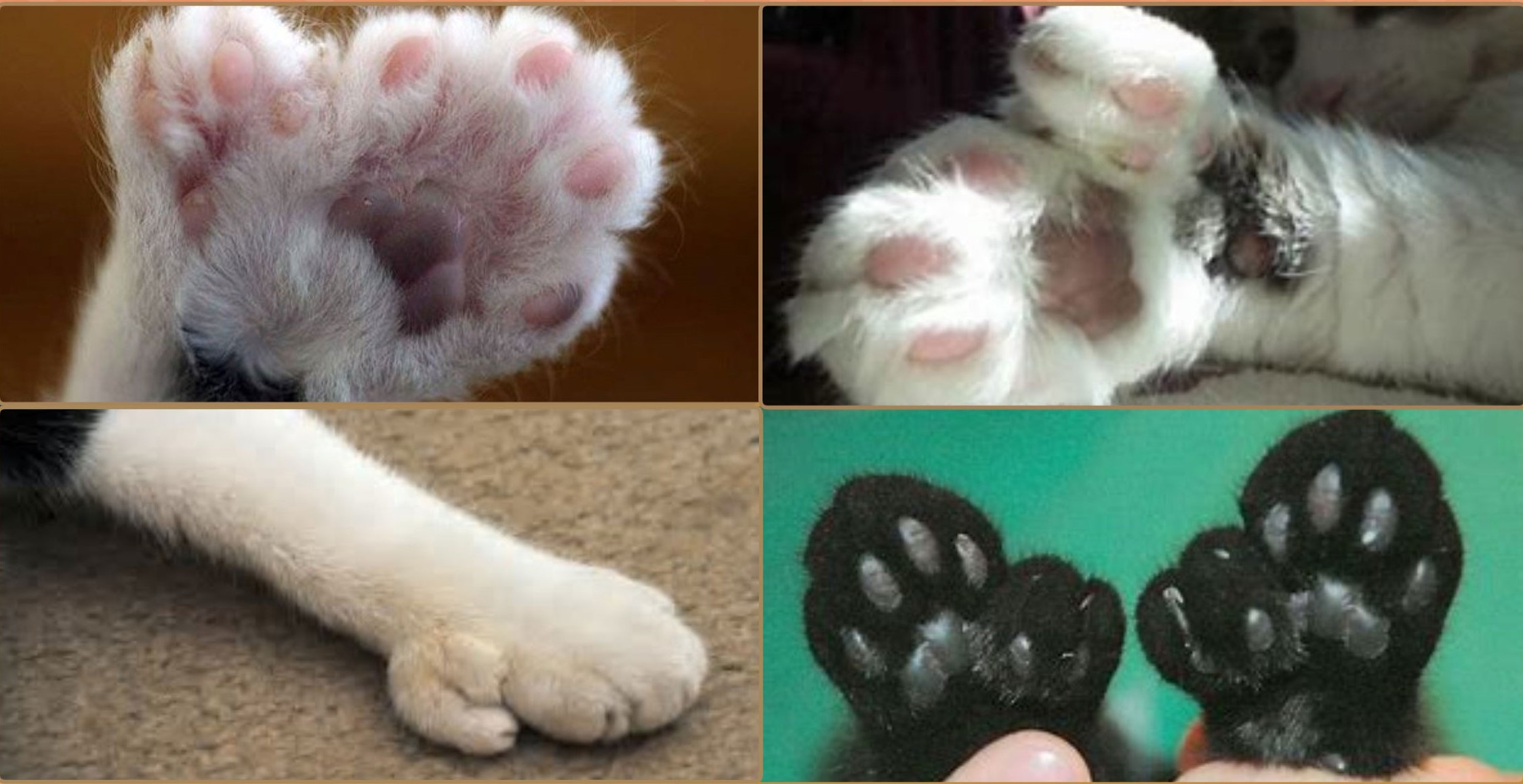
If you’re wondering what makes polydactyl cats unique, then read on—we’ve included some fun facts!
- Polydactyly is a genetic mutation. It’s passed down through a dominant gene of one or both parents. If one parent is polydactyl and the other has the normal number of toes, then 40 percent to 50 percent of their kittens will also have extra toes.
- Most polydactyl have extra toes on their front paws, which sometimes resemble thumbs and make your kitty look as though he’s wearing adorable mittens.
- The world record for the most toes on a cat is 28
- According to the Guinness World Record website, the polydactyl record goes to Jake of Bonfield Ontario, Canada. Jake has 28 toes – seven on each paw – as counted by a veterinarian on 24 September 2002.
- They’re Most Common on the East Coast (US) and were once considered good luck at sea
- There are more polydactyl cats (cats with extra toes on their front paws) on the East Coast than in any other region of the United States so if you want a better chance of finding a cat with extra toes in the US—head to the east coast. It turns out that these cats are far more likely to live here than anywhere else in the United States.
- It’s thought that they were brought over on ships that crossed from Europe to the Americas. Sailors believed that, due to the larger mitten like paws, polydactyls were more effective at catching vermin so they looked for poly cats to take on board their ships.
- Polydactyls are also known as Hemingway cats
- The cat-loving author Ernest Hemingway was given a polydactyl kitten by a sea captain named Stanley Dexter. The kitten was born from the sea captain’s own cat, Snowball.
- Hemingway named the kitten Snow White and she went on to parent numerous polydactyl kittens at Hemingway’s Key West, Florida home
- The cat-loving author named the kitty Snow White, and that cat went on to parent numerous polydactyl kittens at Hemingway’s Key West, Florida, home.
- Today, there are approximately 40 to 50 polydactyl cats living at the Hemingway House and Museum, some of which are Snow White’s descendants. They are protected as a historical treasure.
- Some polydactyl cats have ‘mittens while others just appear to have large feet
- Mitten paws” occur when the extra toes are attached to the medial side of the cat’s paw, giving it a thumb-like appearance
- Owners of such cats report that their kitties have pulled off feats such as opening latches and windows.
- Polydactyl cats without ‘mittens’ appear to simply have large feet.
- This has earned them nicknames like “snowshoes paws,” “big-foot cats” and “pancake feet.”
- Polydactyl cats may be unique but there needs are no different that those of your average 18-toed feline, however there is a chance the extra toe claws will grow into the pads causing pain and infection
- It is recommended to monitor and regularly clip the claws on the extra toes to prevent problems.
- Or course, you should contact your veterinarian if you suspect any problems.
